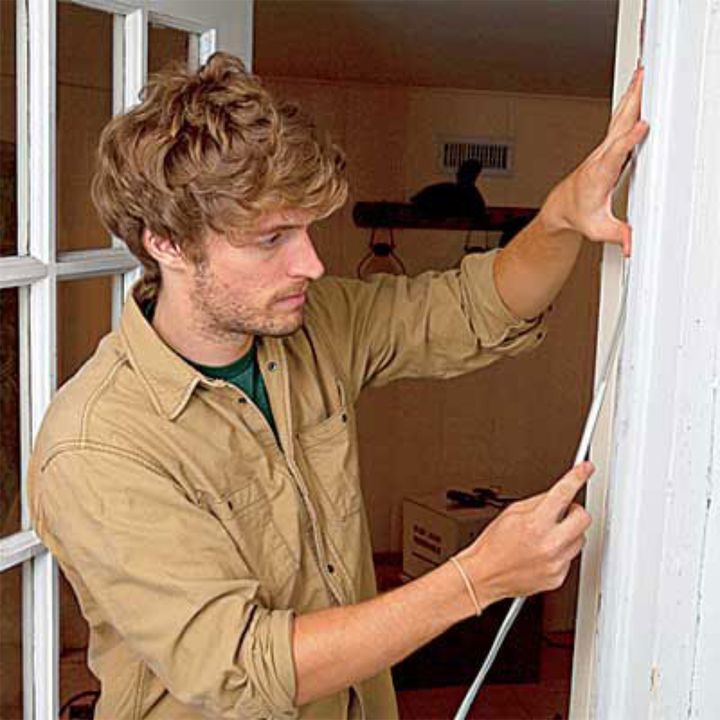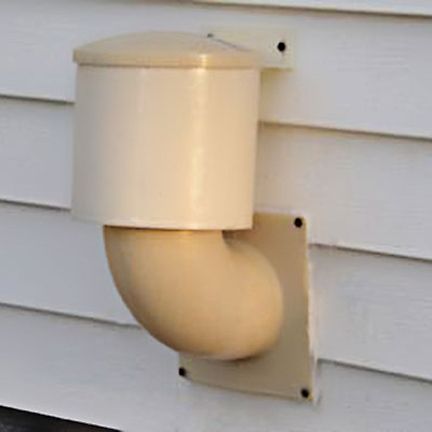Save yourself thousands in future repair, maintenance, and energy costs by not leaving these minor problems to get out of hand
1. Add Storm Windows

WHY NOW: Old single-pane windows leak copious amounts of air, which makes for chilly drafts come winter. By installing triple-track storms, you can dramatically reduce air infiltration and protect those lovely wavy-glass panes from the elements.
HOW TO DO IT: Measure carefully to determine whether you can use standard-size storms or need to custom order. When you're ready to install, position the unit in the window opening to check fit. Clean the window's exterior frame and trim. Apply a bead of elastomeric caulk on the back of the storm's surrounding fins, at the top and sides. Do not caulk the bottom of the storm: Moisture needs to drain through the pre-drilled weep holes. Position the storm unit in the window frame, pushing up snug at the top, and secure with screws. Adjust the storm's built-in bottom extender bar to rest on the sill.
THE PAYOFF: Storms cost a fraction of replacement windows, $60 to $110 compared with $300 to $700, and yield energy savings of 13 percent (21 percent with low-e storms).
Storm Window How-To

A. Caulk the storm's side and top fins, but not the bottom. B. Insert the unit inside the window frame. C. Secure the storm's fins to the frame by driving in screws around the unit's perimeter.D. Tap down the storm's extender bar.
2. Button Up Interior Doors to the Basement and Garage

WHY NOW: It's not just the front and back doors that you need to worry about. Cold air can also enter the house through gaps around any door leading to an uninsulated space, such as a garage or basement.
HOW TO DO IT: Weatherstrip the top and sides, and add an inexpensive door sweep to the bottom. TOHgeneral contractor Tom Silva recommends a wood sweep that you can stain or paint to match your door and that has an attached nylon brush to follow the contours of irregular flooring or carpeting. Sweeps usually need to be cut to size, so be sure to measure the width of the door first. To insulate the top and lock-side jambs, use peel-and-stick high-density foam tape or nail-on vinyl gaskets. For the hinge-side jamb, a premium adhesive-backed strip made of EDPM rubber will retain its shape after years of use.
THE PAYOFF: For $20 and 30 minutes of your time, reduce cold air infiltration by as much as 11 percent.
Door Weatherstripping How-To

A. Apply peel-and-stick or nail-on strips to the door stops on the top and lock-side jambs. B. Use a peel-and-stick rubber strip for the hinge-side jamb.C. Secure a brushed sweep at the bottom of the door.
3. Seal Exhaust Vents

WHY NOW: Exterior vents, particularly those for a clothes dryer or a whole-house fan, allow heated air to seep out of your house, while letting cold outside air in.
HOW TO DO IT: Swap your dryer's louvered or metal flapper-style vent for a Dryer Vent Seal (About $20; Battic Door), which consists of an elbow pipe topped with a plastic cap and shuttle. When the dryer is in use, the floating shuttle beneath the hood rises to let warm air, lint, and moisture escape. When not in use, the shuttle drops down to seal the hole and prevent drafts. For a whole-house fan, construct a simple box-shaped cover out of rigid foam insulation (use foil-type duct tape for the seams) to enclose the fan during cold months, when it's not in use. From inside the house, fit the cover over the fan, and secure it to the frame with adhesive-backed Velcro strips. Just remember to remove the cover before you switch on the fan come spring. This kind of DIY cover can also help insulate in-wall or window air-conditioning units that are left in year-round.
THE PAYOFF: Vent sealing can prevent 4 percent of your home's heated air from escaping.
For more fall fixes, go to thisoldhouse.com.
